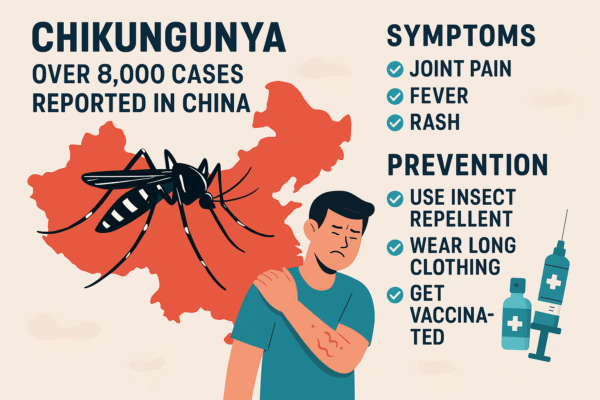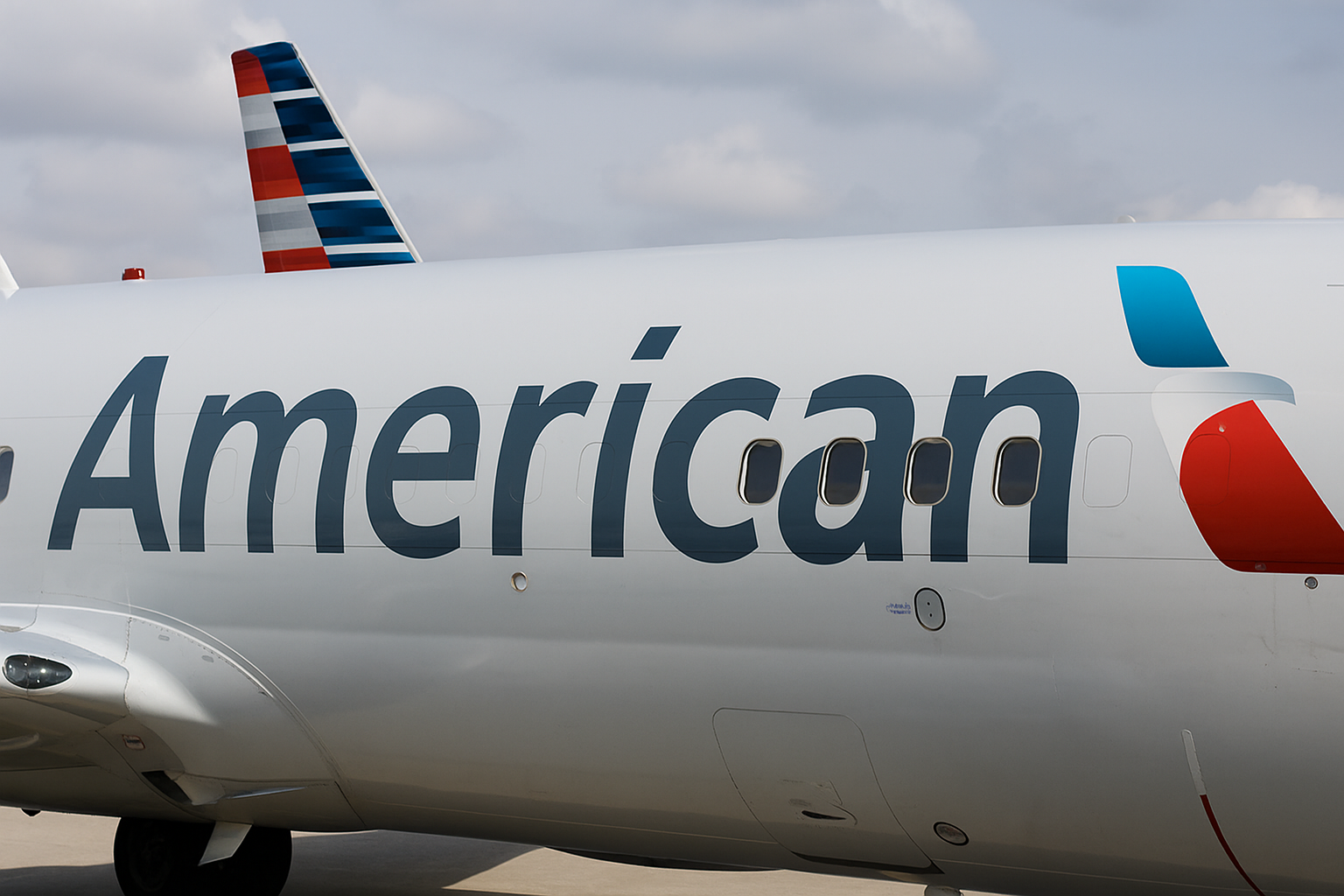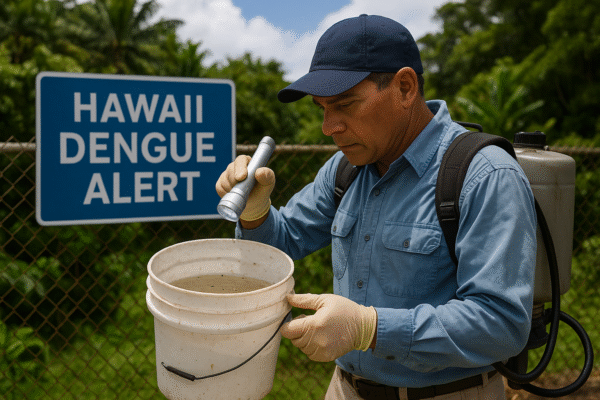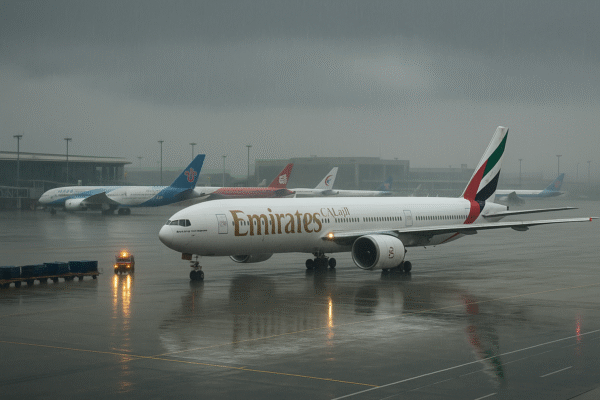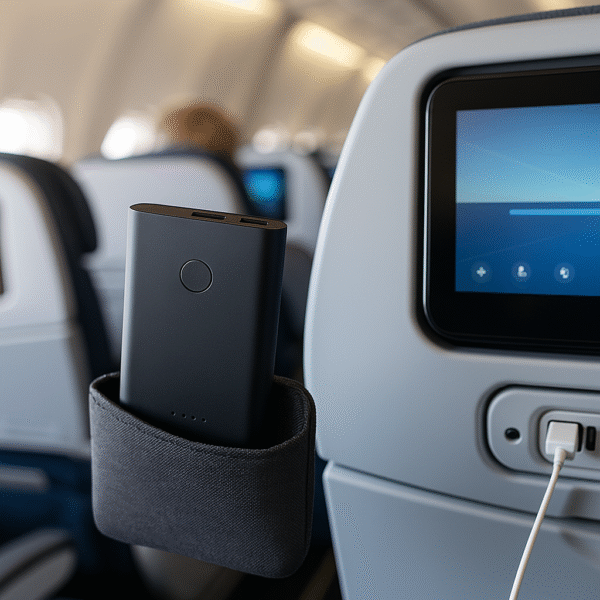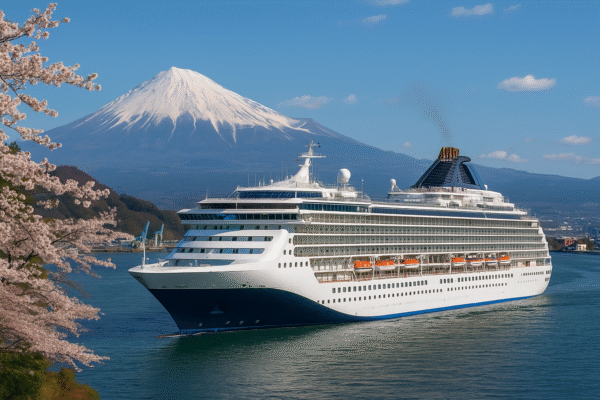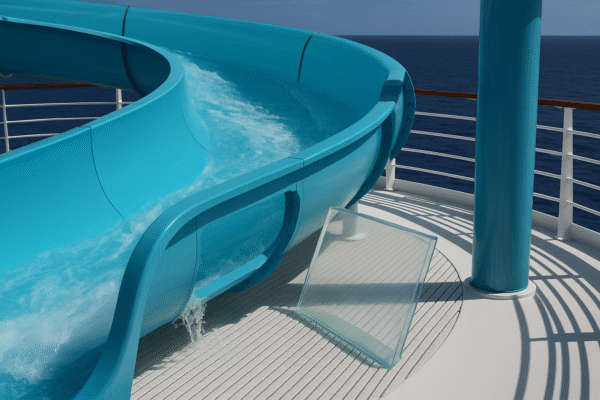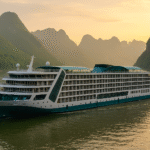In a surprising turn for one of the world’s most luxurious cruise liners, Royal Caribbean’s Icon of the Seas experienced a significant safety incident this past Thursday, August 7th, 2025. A guest aboard the flagship cruise ship was injured following a malfunction on one of the vessel’s water slides. The accident, which occurred while the ship was navigating Caribbean waters, has prompted immediate action and an ongoing investigation by Royal Caribbean.
What Happened Aboard Icon of the Seas?
During normal daytime operations, an acrylic glass panel on a popular water slide unexpectedly detached while a guest was using the slide. As a result, the individual fell through the gap, sustaining injuries that required medical attention. The cruise ship’s medical team responded rapidly, and the guest was reportedly stabilized shortly after the incident.
The malfunctioned slide, one of several high-thrill attractions aboard Icon of the Seas, was immediately shut down for the remainder of the journey. Royal Caribbean, headquartered in Miami, Florida, confirmed that all safety protocols were followed post-incident, and no further injuries were reported.
Cruise Line Responds Swiftly to Passenger Injury
In a public statement issued shortly after the event, Royal Caribbean assured passengers and stakeholders that guest safety remains their utmost priority. “We are deeply concerned about the recent slide malfunction on the Icon of the Seas. Our team is conducting a full investigation, and we are working closely with engineers and safety inspectors to determine the root cause,” the cruise line stated.
Royal Caribbean also confirmed that the remainder of the cruise itinerary—including planned port stops in Nassau and Cozumel—remained unaffected. However, the on-board experience for many was altered due to the closure of the ship’s primary water slide attraction.
Safety vs. Entertainment: A Delicate Balance in Modern Cruise Tourism
The Icon of the Seas is known for its state-of-the-art design, world-class amenities, and cutting-edge entertainment, with high-adrenaline features like multi-deck water parks and thrill rides forming the centerpiece of its appeal. With the cruise industry’s steady recovery post-pandemic and a growing demand for adventurous luxury experiences, cruise lines have doubled down on high-impact attractions to captivate thrill-seeking tourists.
However, the incident has reignited discussions around safety inspections, maintenance schedules, and regulatory compliance. While maritime laws are strict regarding onboard safety, the unique challenges posed by floating amusement parks require a particularly rigorous approach.
According to the U.S. Coast Guard and the Cruise Lines International Association (CLIA), all vessels operating in U.S. waters must adhere to robust safety protocols. These include daily inspections of all guest-facing infrastructure, particularly those involving elevated risk like water slides and swimming pools.
Tourism Sector Watches Closely
Cruise tourism contributes billions annually to regional economies across the U.S. East Coast and the Caribbean. Ports like Miami, Fort Lauderdale, and Nassau depend heavily on cruise passenger spending. As such, incidents like this carry not only reputational risks for cruise lines but also financial implications for local economies tied to cruise activity.
Analysts suggest that while isolated, such events can influence consumer behavior. With increased public attention on safety and transparency in travel, cruise lines are under pressure to balance innovation with rigorous operational checks.
“People choose cruise vacations for their mix of relaxation and excitement,” said tourism analyst Danielle Clarke of the Caribbean Tourism Organization. “But any disruption, especially involving injury, can shake confidence—particularly among families and first-time cruisers.”
Royal Caribbean’s Crisis Management: A Case Study in Transparency
To its credit, Royal Caribbean has responded with a level of transparency and urgency that could help preserve passenger trust. Beyond shutting down the ride and ensuring medical care, the cruise operator pledged a full internal review and potential third-party audits of similar onboard amenities.
Additionally, Royal Caribbean has reached out to the affected passenger and their family to offer support, though the details of any compensation have not been made public.
Cruise experts point out that such responsiveness is essential in preventing long-term brand damage. “The way a cruise line handles these incidents often matters more than the incident itself,” said Mark Ellis, a maritime safety consultant. “Royal Caribbean is taking the right steps to contain the fallout.”
Looking Ahead: Cruise Tourism in the Post-Incident Landscape
This incident may prompt other cruise operators to reassess their onboard safety measures. Industry watchdogs expect cruise companies to enhance their inspection processes and consider engineering redundancies in ride designs, especially those involving physical movement or structural panels.
Meanwhile, travelers are advised to continue booking with reputable cruise lines that maintain strong safety records and offer transparent communication in times of crisis.
For Royal Caribbean, how the ongoing investigation is communicated and resolved could define passenger confidence in the months ahead. As the Icon of the Seas prepares for its next sailing, Royal Caribbean has an opportunity to reinforce its reputation as a leader in both innovation and safety within the competitive world of cruise tourism.
Final Thoughts
The August 2025 water slide incident aboard Icon of the Seas highlights the fine line cruise operators must walk between thrilling innovation and guest safety. While the quick response by Royal Caribbean limited the immediate impact, the cruise line now faces the broader task of reassuring current and future guests. The global tourism community will be watching closely to see how this high-profile case influences the future of safety in cruise tourism.
For more travel news like this, keep reading Global Travel Wire




